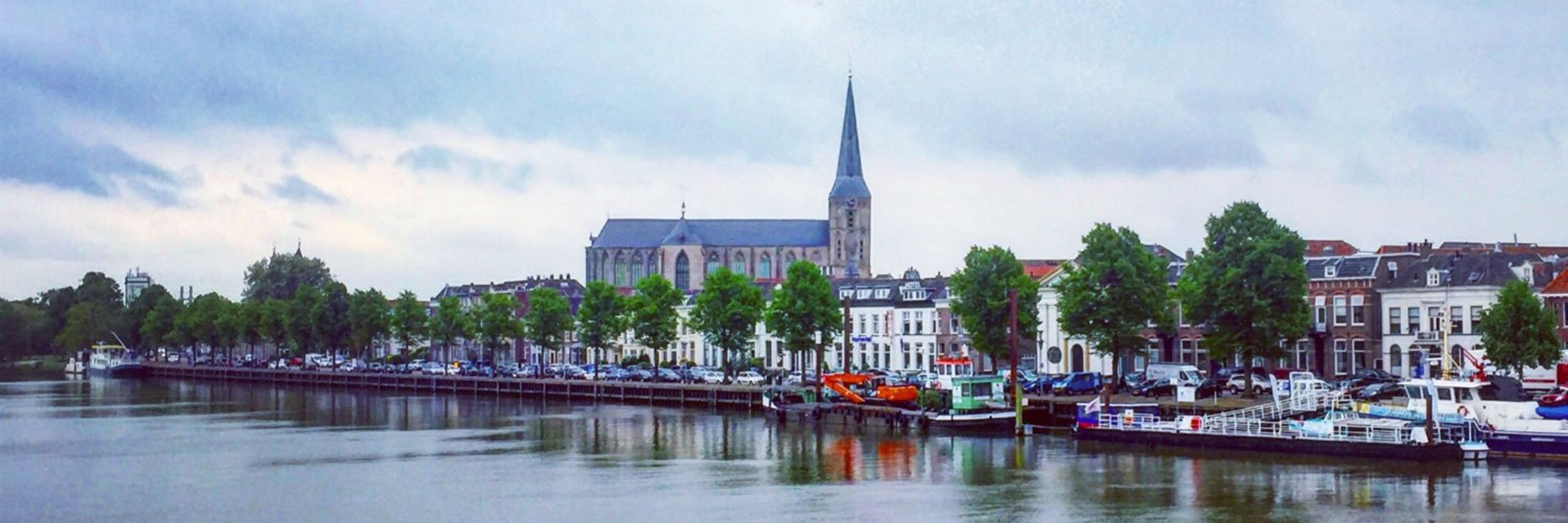
Github: https://cvisscher.github.io/



Watching the finale last night I happened to notice a few oddities regarding the placement of the Moon, so I wrote a quick set of review slides to work through with my intro astro class ; )
(other than times/locations, this should be spoiler free)

Watching the finale last night I happened to notice a few oddities regarding the placement of the Moon, so I wrote a quick set of review slides to work through with my intro astro class ; )
(other than times/locations, this should be spoiler free)



is that there’s already a proven way
to invest lots of money in a knowledge machine
that produces unforeseeable results
that include fantastically profitable ideas
(and some life-saving ones)
and generally benefit society
and this machine is called
a university
is that there’s already a proven way
to invest lots of money in a knowledge machine
that produces unforeseeable results
that include fantastically profitable ideas
(and some life-saving ones)
and generally benefit society
and this machine is called
a university
medium.com/@steve.desch...
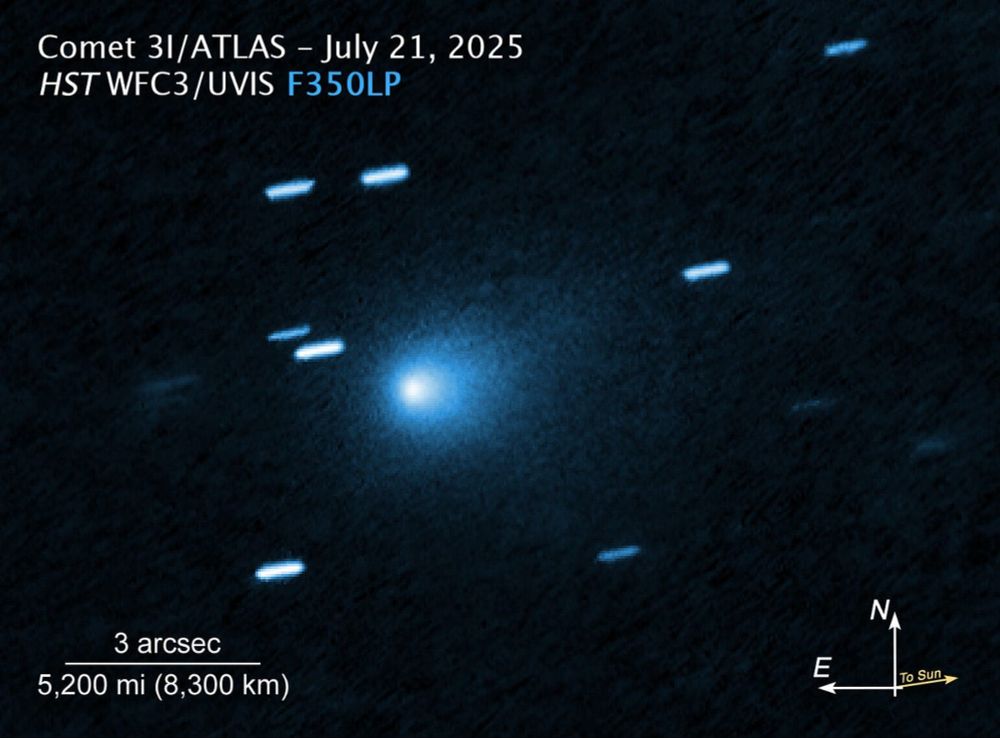
medium.com/@steve.desch...
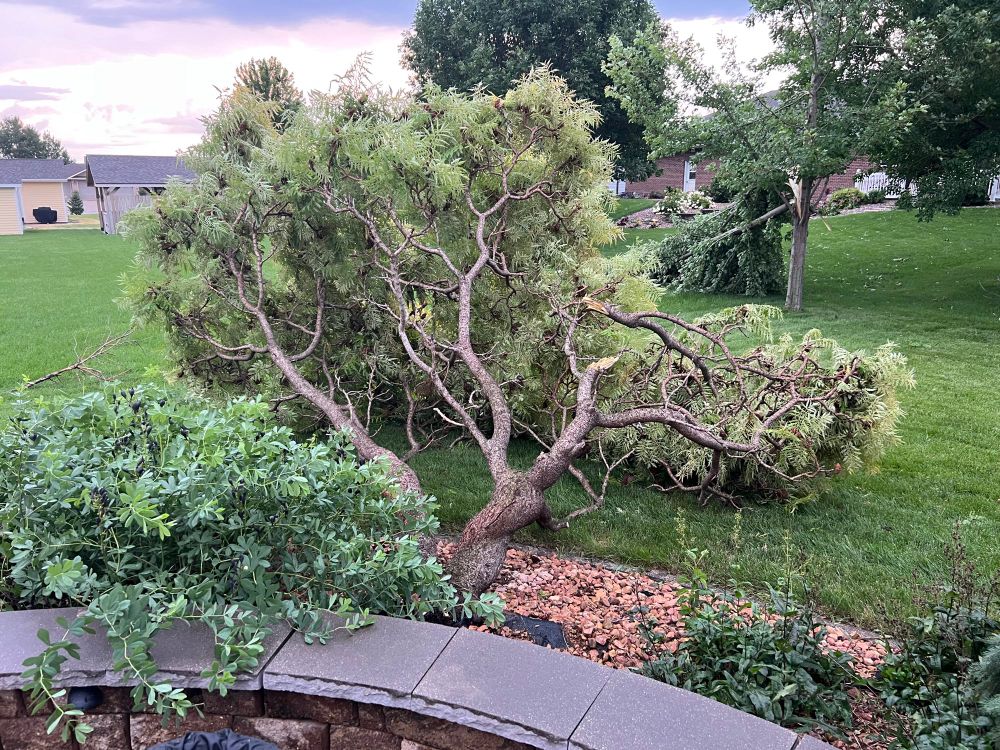
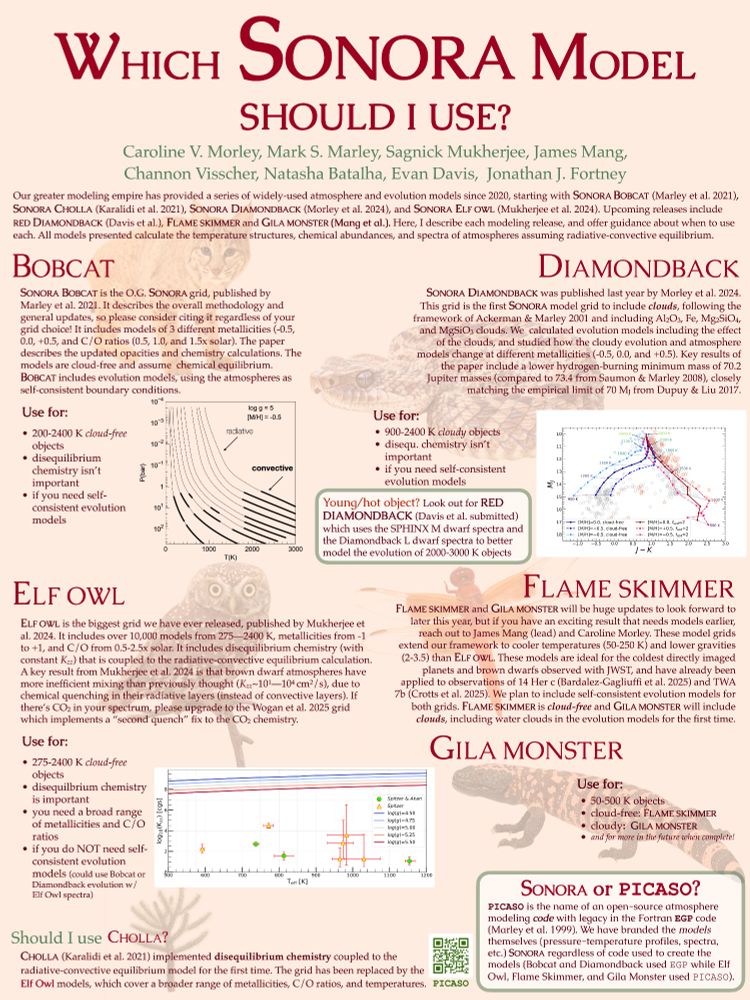

NSF staffer: "There is no planning for NSF, no identified future location, appropriation for a new building or a move."
She has a rare disease. A drug called elamipretide has helped her survive.
But the FDA recently denied its approval.
Now, her health hangs in the balance.
Please share her story & urge the FDA to reconsider. 🧵
She has a rare disease. A drug called elamipretide has helped her survive.
But the FDA recently denied its approval.
Now, her health hangs in the balance.
Please share her story & urge the FDA to reconsider. 🧵



Could these be the real culprits?
The evidence is in--and the answer is NO.
This thread explains! 🧵

Could these be the real culprits?
The evidence is in--and the answer is NO.
This thread explains! 🧵
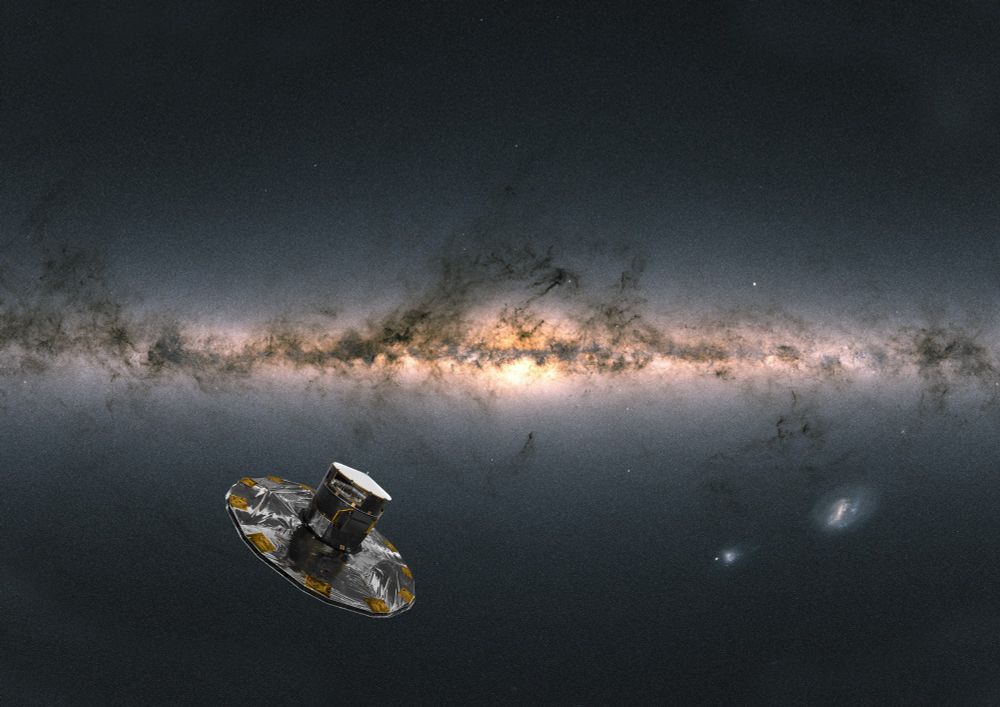
🧪
🧪



